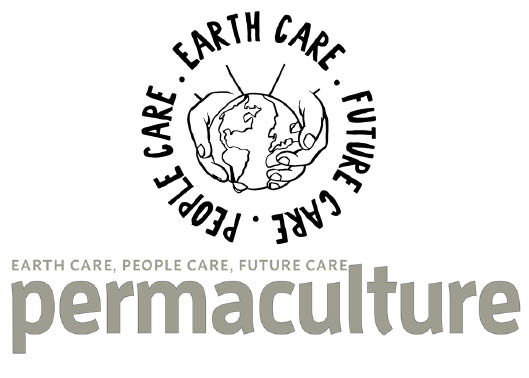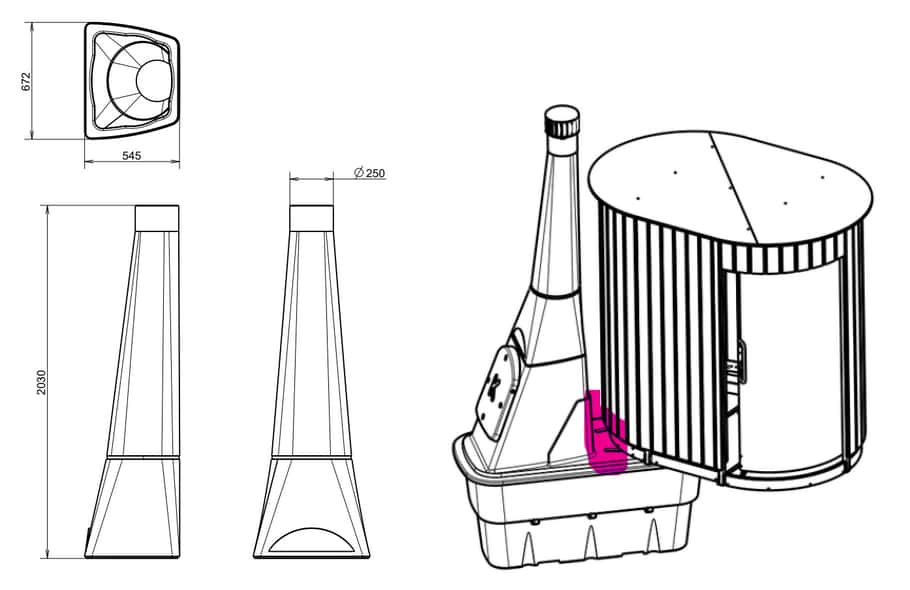
Kazuba news – January 2025
Kazuba have announced a series of upgrades and new options for their highly successful range of semi-public off-grid, waterless toilets, that are serving thousands of
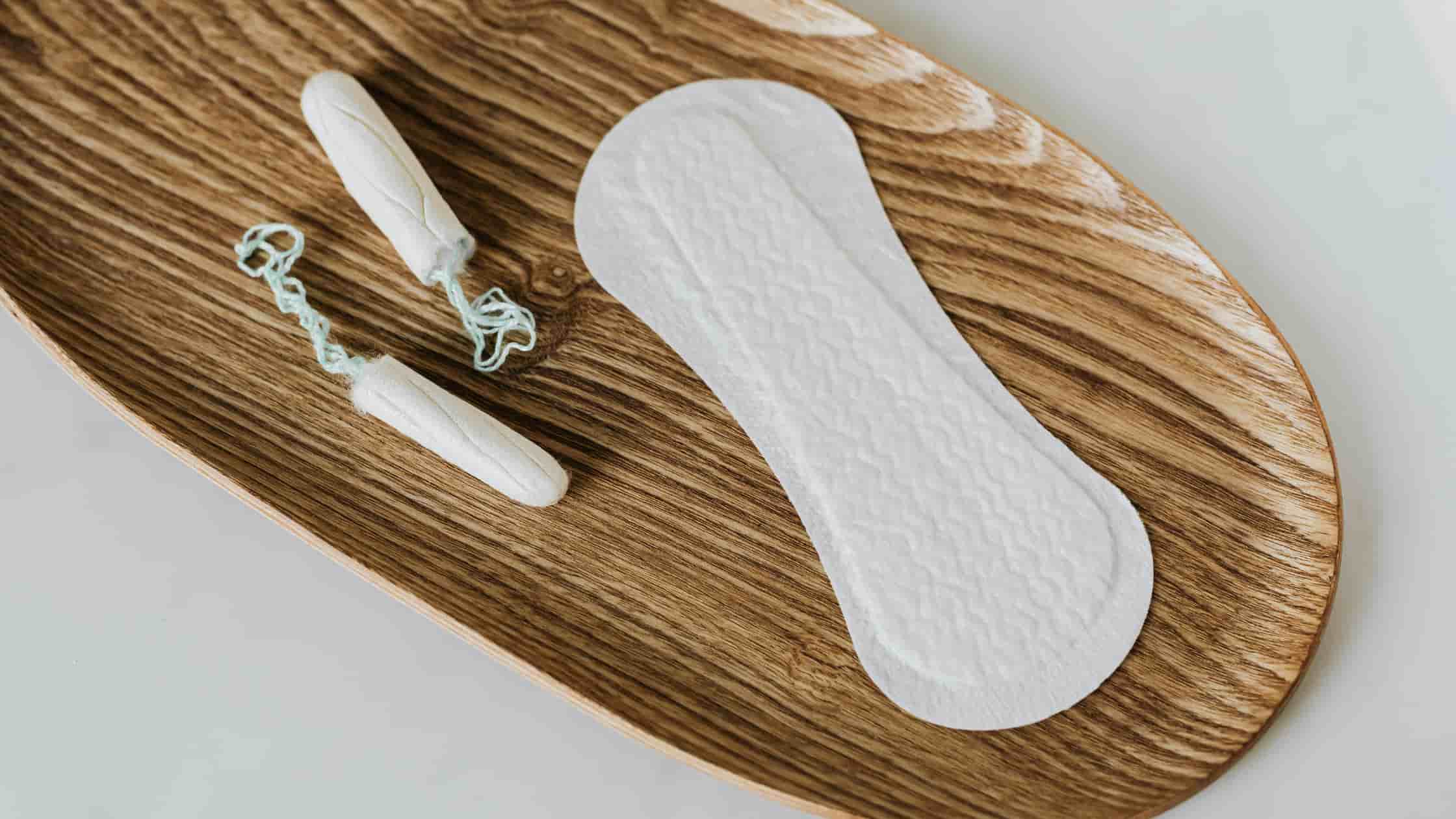
When it comes to compost, composting and waterless toilets, there are some questions that very few people feel comfortable asking, but everyone wants to know the answers!
Here, we’ll explore these more sensitive questions to save you from your blushes. Be aware that we will be using a variety of words and phrases that may get quite graphic when we describe what’s going on, but it’s all natural…
We are comfortable talking about these things, so you can always give us a call, but if you’d prefer to chat specifically with a male or female member of staff, just let us know – we want you to be comfortable asking whatever questions you want answers to.
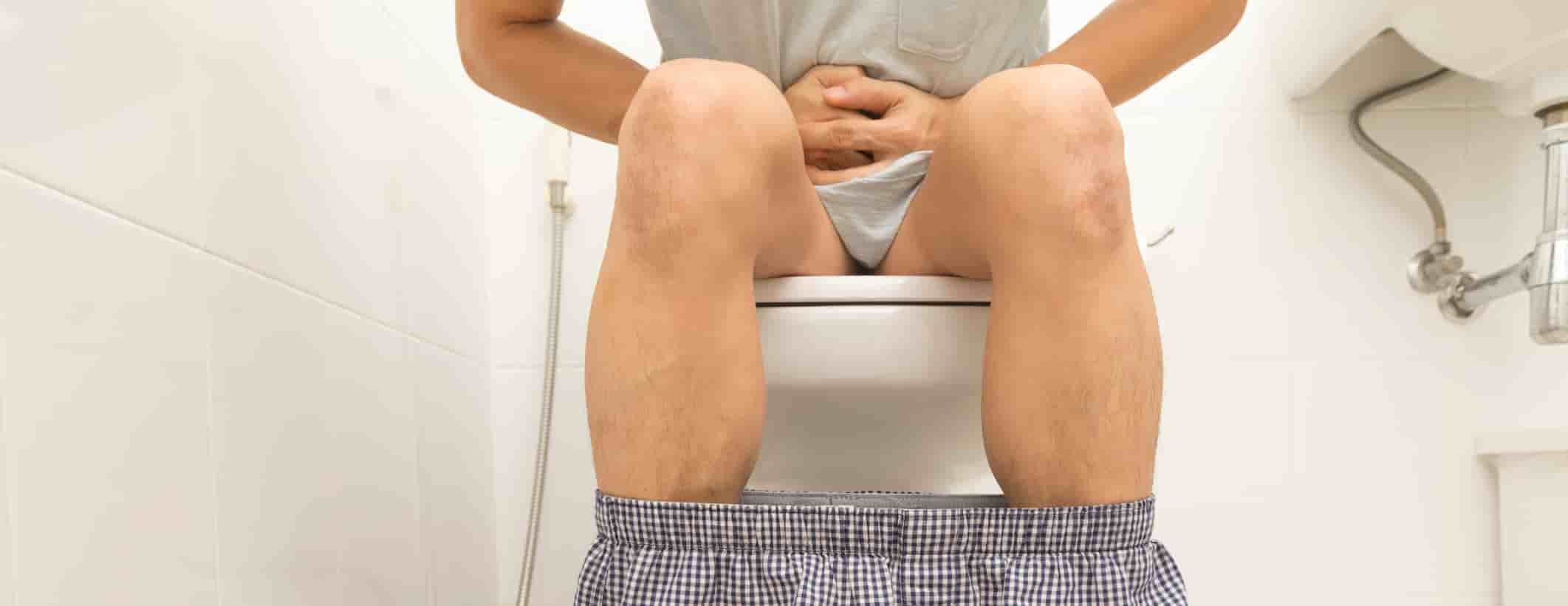
Whether you call it diarrhoea, the squits, the squirts, the runs, the trots or anything else, it’s something that can affect everyone from time to time. The word diarrhoea is Greek in origin and is made from joining two words meaning “through”and “flow”, which is quite an accurate representation!
Depending on the type of waterless toilet and the extent or amount of diarrhoea, what you need to do will vary.
If you have a Separett Tiny or Villa, or an Air Head, then use the toilet as normal. Because diarrhoea has more liquid rather regular poo, you might need to add some dry material such as wood shavings, sawdust or coco coir, but if you’ve done a small amount, there’s probably nothing to worry about or do further. In more extreme cases, you might want to empty the solids container at your earliest convenience.
Any ‘splashes’ can be cleaned with an eco-friendly cleaner, or a 50:50 mix of white vinegar and water.
Non-separating compost toilets like the Kazuba and the Bumper won’t be affected by diarrhoea as they have much larger overall capacities. The toilet pedestal can be cleaned with some water and a brush, if needed.
Batch composting toilets like the WooWoo GT and Alectura can cope with additional liquids without a problem. Like the Kazuba, the extra liquid won’t make much difference as the overall capacity is high. In extreme cases, you might like to add some additional cover material (wood shavings) to act as a cover and soak.
Any splashes on the inside of the chute can be cleaned with toilet brush and a little water, or an enzyme-based cleaning spray.

Periods are something that most men won’t and don’t want to think about! But it’s something that the vast majority of women have to deal with and the good news is that using a compost toilet won’t present you with any problems.
Waterless toilets can’t cope with pads or tampons because they generally contain some plastic, so won’t compost. Make sure sanitary products are binned or disposed of elsewhere, and not in the toilet.
If you use a moon cup or similar product, the contents can be emptied down the toilet – preferably into the solids area on a urine-diverting toilet.
If you use a moon cup or similar product, you can empty the contents into the solids area of your Separett Villa, Tiny or Air Head toilet. Blood in the compost is actually a good thing from a composting perspective. If you wish to disguise things afterwards, you could add some dry material like sawdust, wood shavings or coir. A spray bottle with a water/white vinegar solution, or a suitable enzyme-based cleaning spray can be used as a micro flush and to clean the bowl if needed.
If any thicker blood or clots enters the front part of the urine-separator, you can use some water or water/white vinegar solution to ‘flush’ things down, and remove any splashes.
The Kazuba and Bumper won’t be affected negatively, so just do what you need to do. As mentioned above, never dispose of sanitary products in the compost toilet. Clean the toilet bowl as required.
Batch composting toilets like the WooWoo GT and Alectura can be used like a regular toilet. Moon cups can be emptied down the toilet, and a spray bottle of water, white vinegar and water solution or an enzyme-based cleaning spray can be used to clean up any splashes afterwards.
Blood will actually enhance and improve the composting process and the subsequent compost.
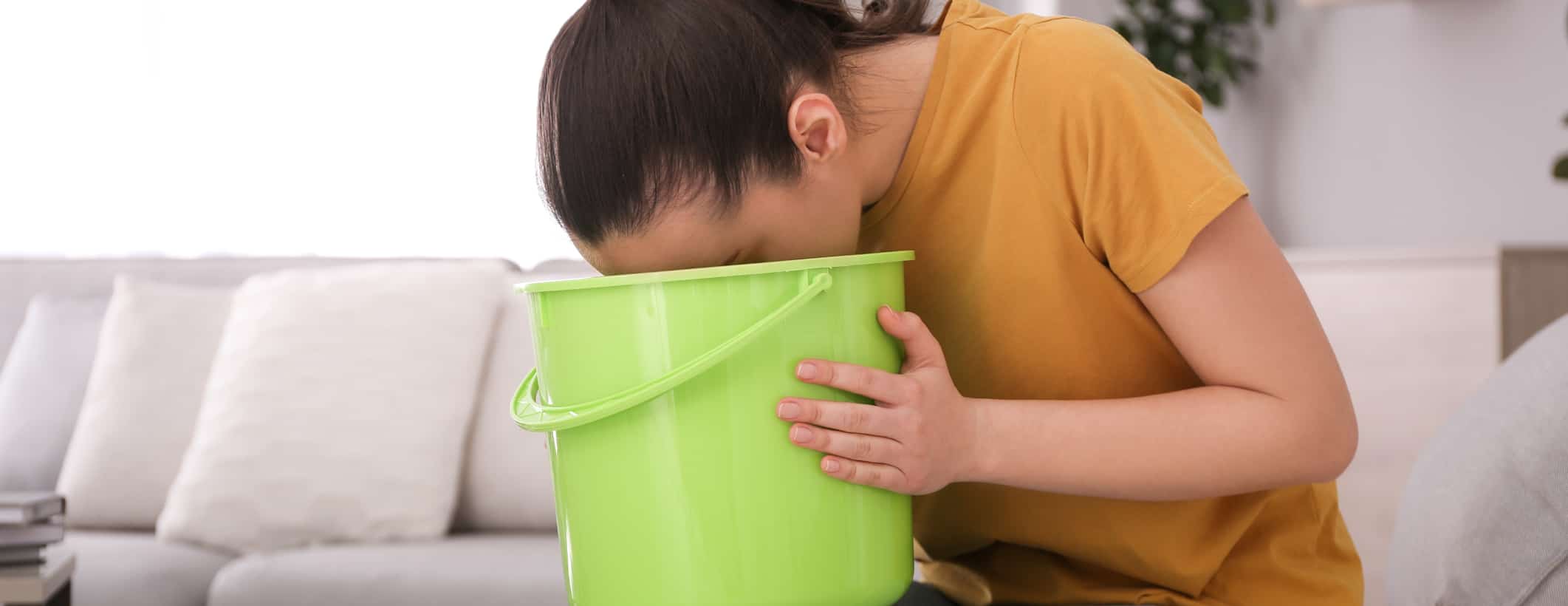
We’ve all been there and it seems we rarely learn the lesson… you get carried away and consume a few too many glasses of wine or beer, then all of a sudden the room is spinning and you get that feeling of nausea. You’re going to puke, but hang on, this is a compost toilet….
And it’s not just drink: food, drugs and various medical conditions can be contributing factors to feeling nausious and ultimately, vomiting. So here’s our guide of what to do if you’re going to be sick and have a waterless toilet!
With urine-separating toilets like the Villa, Tiny and Air Head, you should avoid getting vomit in the urine separator (the front half of the bowl) as that could lead to blockages and then further problems. Throwing up in the solids area isn’t a particularly attractive proposition for most people, but if you have no choice, that’s where it needs to go. You can use some cover material (wood shavings or coir) as a visual cover and soak if needed. In bad cases, empty the solids container when convenient.
It’s better if you can use a bucket or container to catch the vomit and avoid it going in the toilet at all. Vomit is often acidic in nature because it will have had stomach acid in it, however, in small amounts, there won’t be enough for it to affect the composting process (which prefers a more neutral pH).
As with most of the substances we’re talking about on this page, the Kazuba and Bumper have sufficiently large capacities that the odd bit of sick or anything else (as long as it comes from your body) isn’t going to affect anything significantly. Just clean up afterwards, as you would with any toilet.
Batch composting toilets like the WooWoo GT and Alectura are going to be fine with a bit of vomit because of their large overall capacity relative to the amount of sick. As mentioned above, vomit is acidic and the composting process tends to be pH neutral, but unless a very large quantity enters the toilet (several people’s worth), the composting process will deal with it OK.
Because these composting toilets don’t have urine-separators in the bowl, there’s very little to go wrong, so just get it down the toilet and then add some cover material. You can use some water or an enzyme-based cleaning spray to help clean up afterwards.
Get in contact if you have any questions about this article, or want our help and advice on finding the right waterless toilet for your situation. Find out more about our range of waterless, compost and composting toilets, along with a range of accessories and consumbles in our online shop.

Kazuba have announced a series of upgrades and new options for their highly successful range of semi-public off-grid, waterless toilets, that are serving thousands of

When it comes to compost, composting and waterless toilets, there are some questions that very few people feel comfortable asking, but everyone wants to know
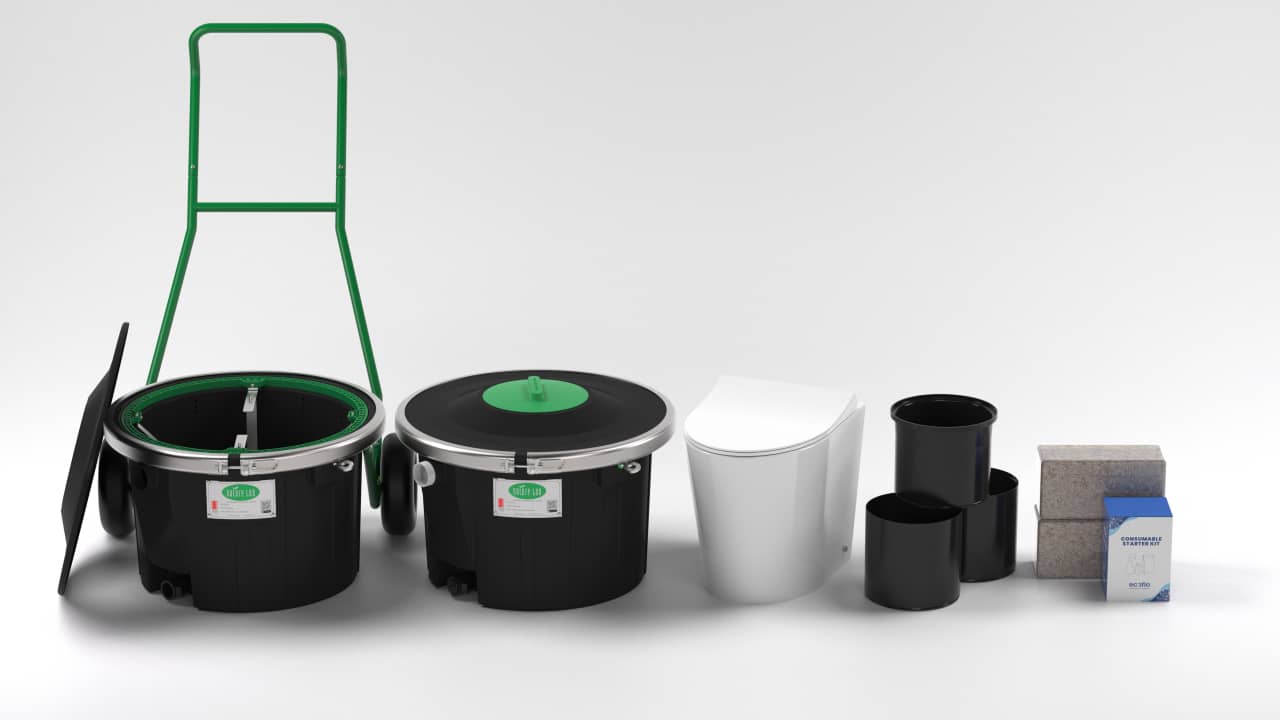
If you keep an eye on our website, you might have noticed a new product slip in recently – the Alectura Premium by Nature Loo.
Not sure which toilet is right for you, need a quote or want to know a little more information?
Help us advise you by telling us a little about your situation - or even better, give us a call to discuss options!
Alternatively, you can write us an email at:
or give us a call on:
Sign up to our newsletter to receive WooWoo news and offers
Like us on Facebook
Suppliers










